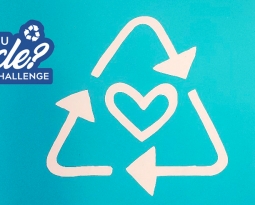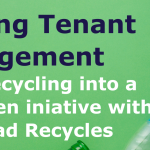2025 Sustainability Reset: Prioritizing What Makes the Biggest Impact
As we kick off the new year, I’m all about hitting the reset button and realigning my goals—work, relationships, health, you name it! (Confession: my “walk every day” goal didn’t survive week two—thanks, snow.) But when it comes to setting sustainability goals for Livable Buckhead in 2025, I’m determined to focus on initiatives that will have a real, measurable impact on our community and beyond.
Don’t get me wrong—ideas like a campaign to get every resident to plant native gardens are fantastic (I do love a good pollinator-friendly yard), but I know we need to tackle the big stuff if we’re serious about addressing the most pressing environmental challenges.
Enter Drawdown Georgia. This statewide initiative takes inspiration from Project Drawdown, the global leader in identifying practical climate solutions. Project Drawdown’s team of world-class scientists has pinpointed 93 technologies and practices that could dramatically reduce greenhouse gases in our atmosphere. My personal favorite from their list? Increasing access to education for girls—which also happens to be one of the most impactful initiatives. (Yes, more than rooftop solar and EV adoption, you can read more about it here)
Drawdown Georgia takes this big-picture concept and zooms in on what we can do locally. By leveraging research from Georgia’s top universities and experts, they’ve identified 20 high-impact climate solutions tailored to our state. The goal? To hit “drawdown”—the point when greenhouse gas levels stop rising and start falling. And they’ve set an ambitious but achievable target: reducing emissions by 27 megatons of CO2e by 2030.
Now, some of these solutions require major industry collaboration, like adopting conservation agricultural practices or building utility-scale solar farms. But many are actions we can all take on an individual level—initiatives that Livable Buckhead can champion and amplify through our programs.
So, let’s get into it: what goals can we set, and what initiatives can we pursue, to make the biggest dent in Georgia’s localized emissions this year?
What We Can Do in the New Year to Tackle Climate Change in Georgia
Drawdown Georgia has done the heavy lifting by breaking down the top ways we can slash emissions into five key categories: Electricity, Buildings & Materials, Food & Agriculture, Land Sinks, and Transportation. With transportation and electricity making up the lion’s share of Georgia’s emissions, it’s clear that our biggest opportunities lie there.
Visually seeing the impact of each solution and comparing initiative to initiative is really helpful to me, facing the reality that while recycling your water bottles is always a good thing, it doesn’t quite match the impact of, say, switching your commute to a more sustainable mode of transportation. (Biking, anyone?)
Let’s dive into some impactful (and doable!) actions we can take to help reach these ambitious goals.
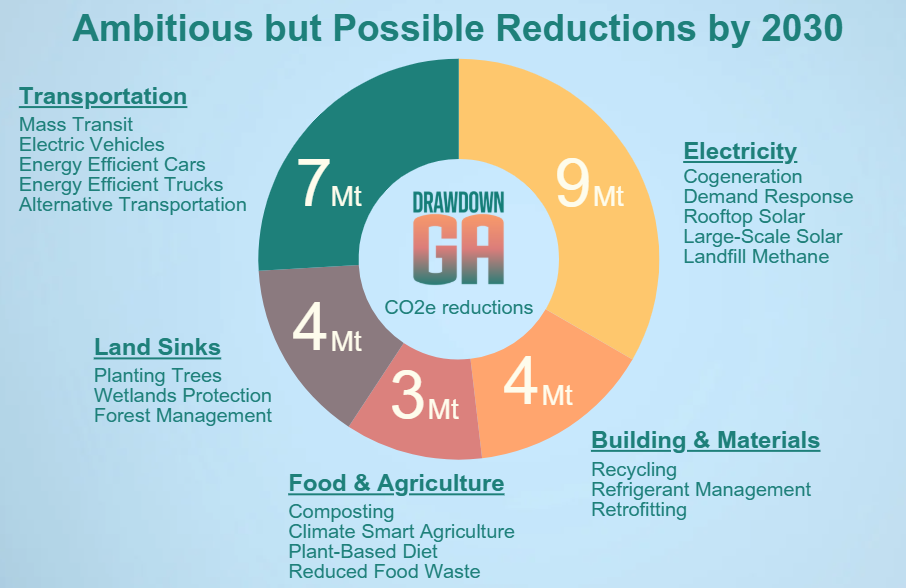
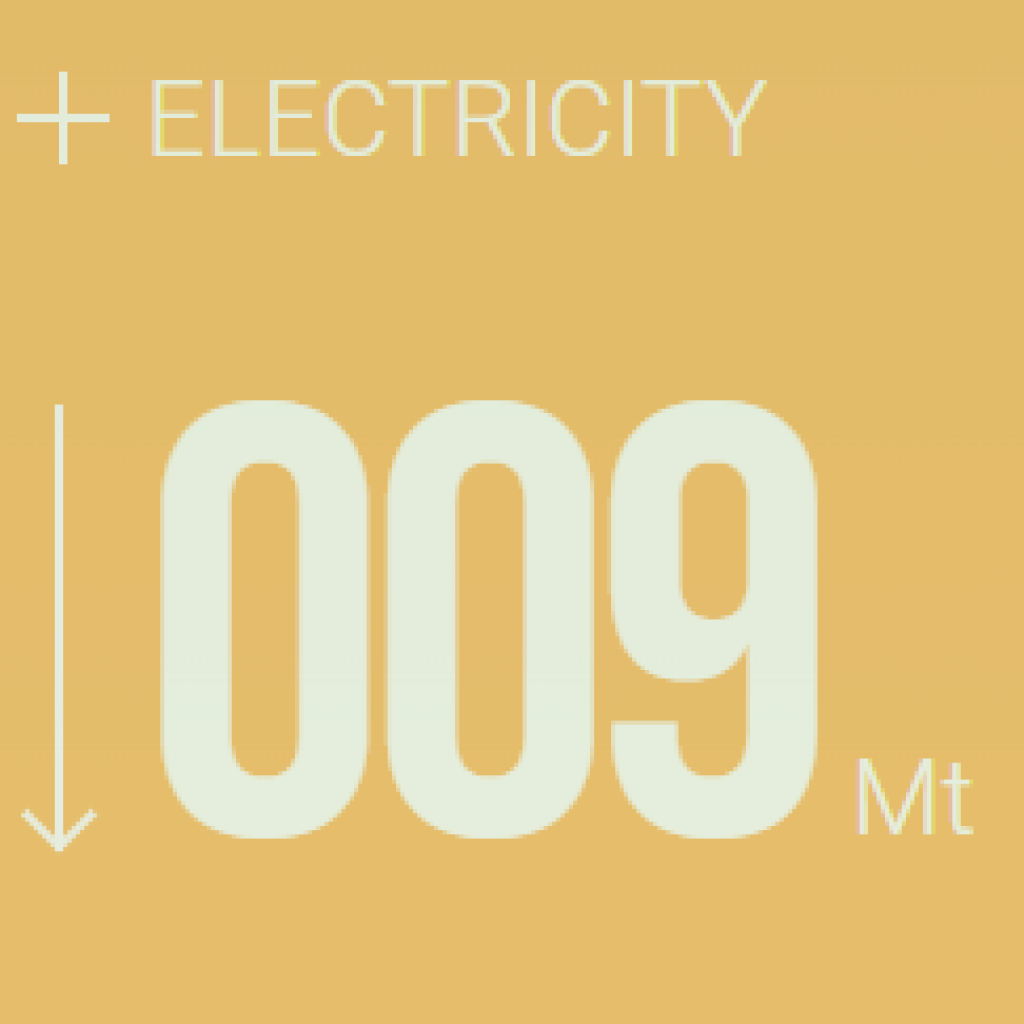
Electricity: Flip the Switch on Savings
Shift your energy use: Shaving just 10% of your energy usage during peak demand (2-7pm) can make a big difference! Running your dishwasher or doing laundry at night or on weekends helps lighten the load on the grid. Bonus: Look into Georgia Power’s “Nights and Weekends” rate plan and get rewarded for avoiding peak hours!
Go solar: If 295,000 Georgia households install a 5kW solar roof, we’d reduce emissions by 1 million metric tons.
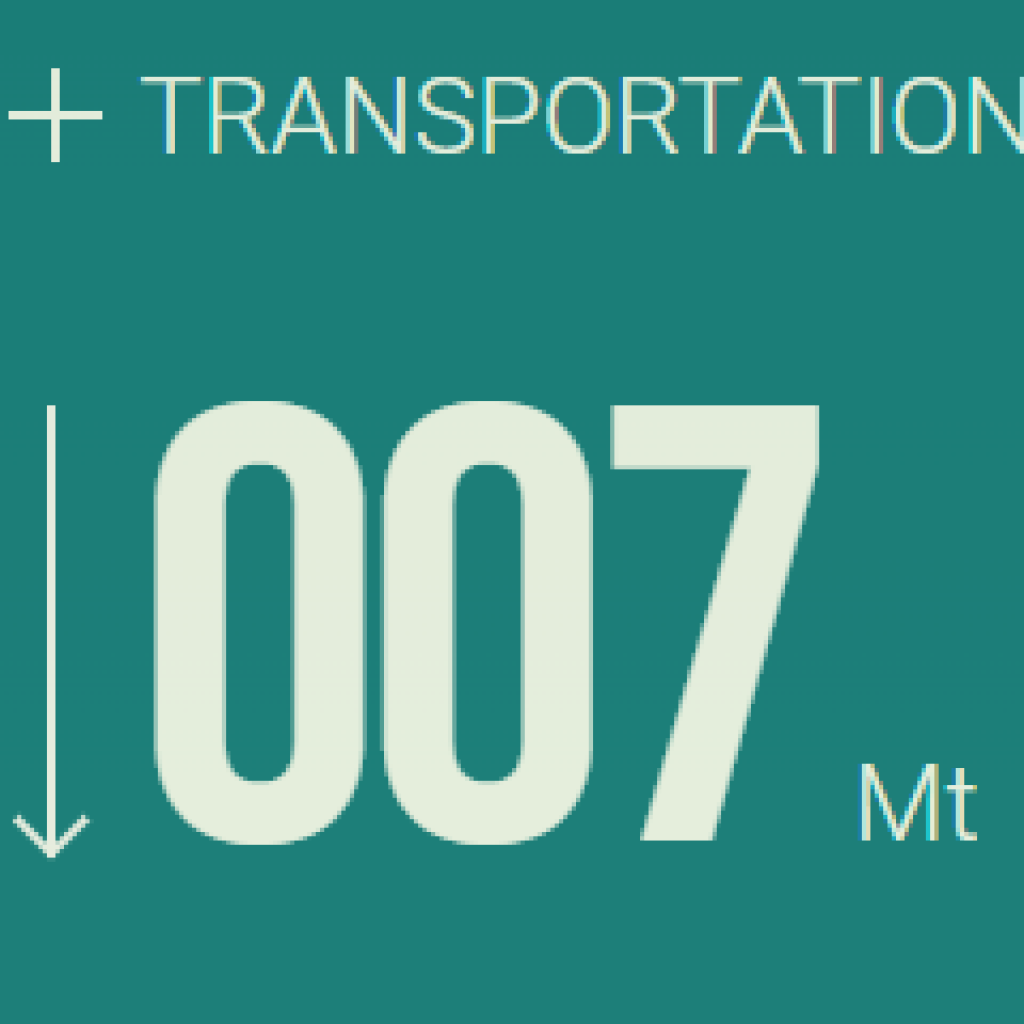
Transportation: Drive Change (or Pedal It!)
Go electric: Just 250,000 Georgians switching to EVs could cut emissions by 1 million metric tons. (I’m eyeing the Ioniq.)
Upgrade your gas car: Not ready for an EV yet? No worries. Prioritize fuel efficiency in your next car purchase. If new cars in Georgia were just 3% more efficient, emissions would drop by another million metric tons by 2030.
Think beyond cars: Most trips are under 4 miles—perfect for walking or biking. Supporting projects like PATH400, mass transit, and bike lanes makes it easier for Buckhead residents to opt for greener transportation.
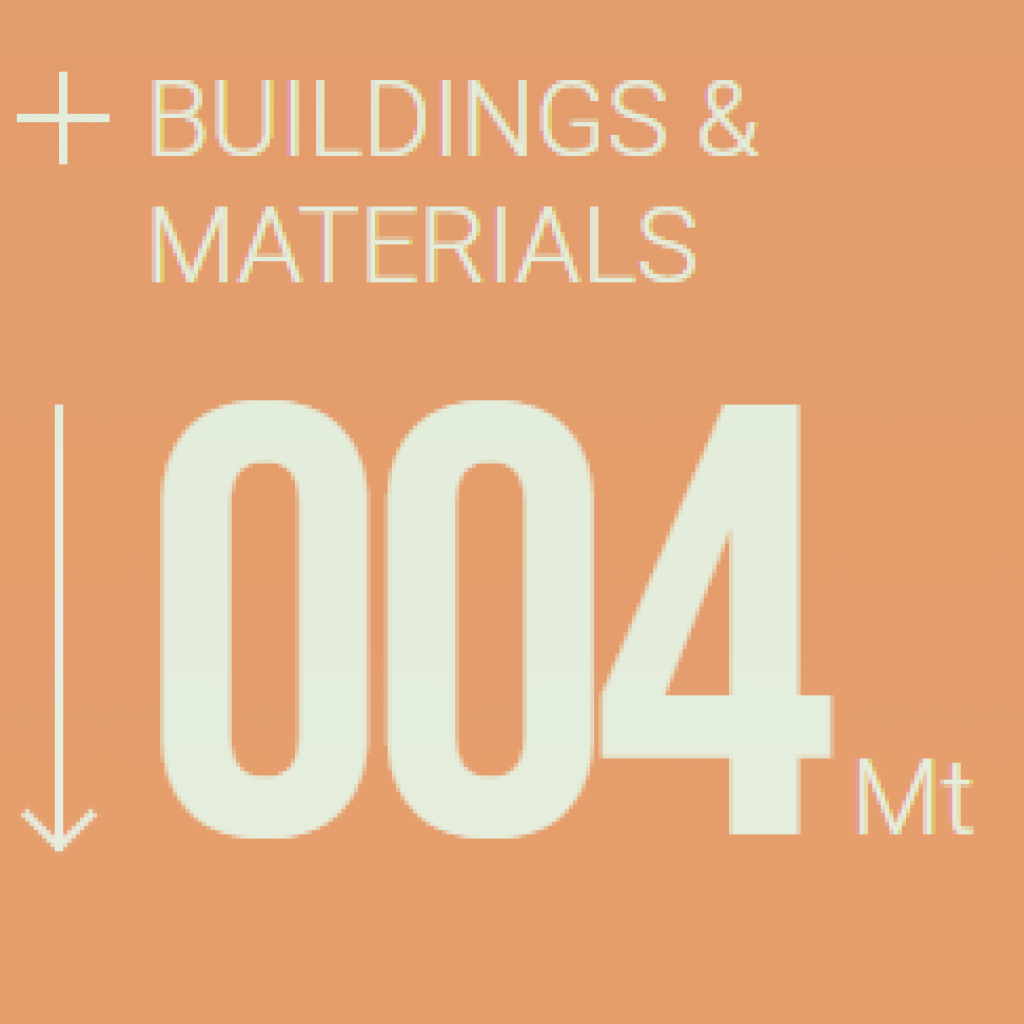
Buildings & Materials: Make Efficiency Your Best Friend
Retrofit for savings: Upgrading or electrifying your HVAC, water heater, and appliances can drastically cut your energy use. If 20% of Georgia homes saved just 20% of their energy use, we’d avoid another 1 million metric tons of CO2 emissions.
Recycle like a pro: Georgia’s recycling rate is a disappointing 6.6%, well below the national average of 22.6%. Boosting this number supports Georgia’s circular economy while keeping valuable materials out of landfills.
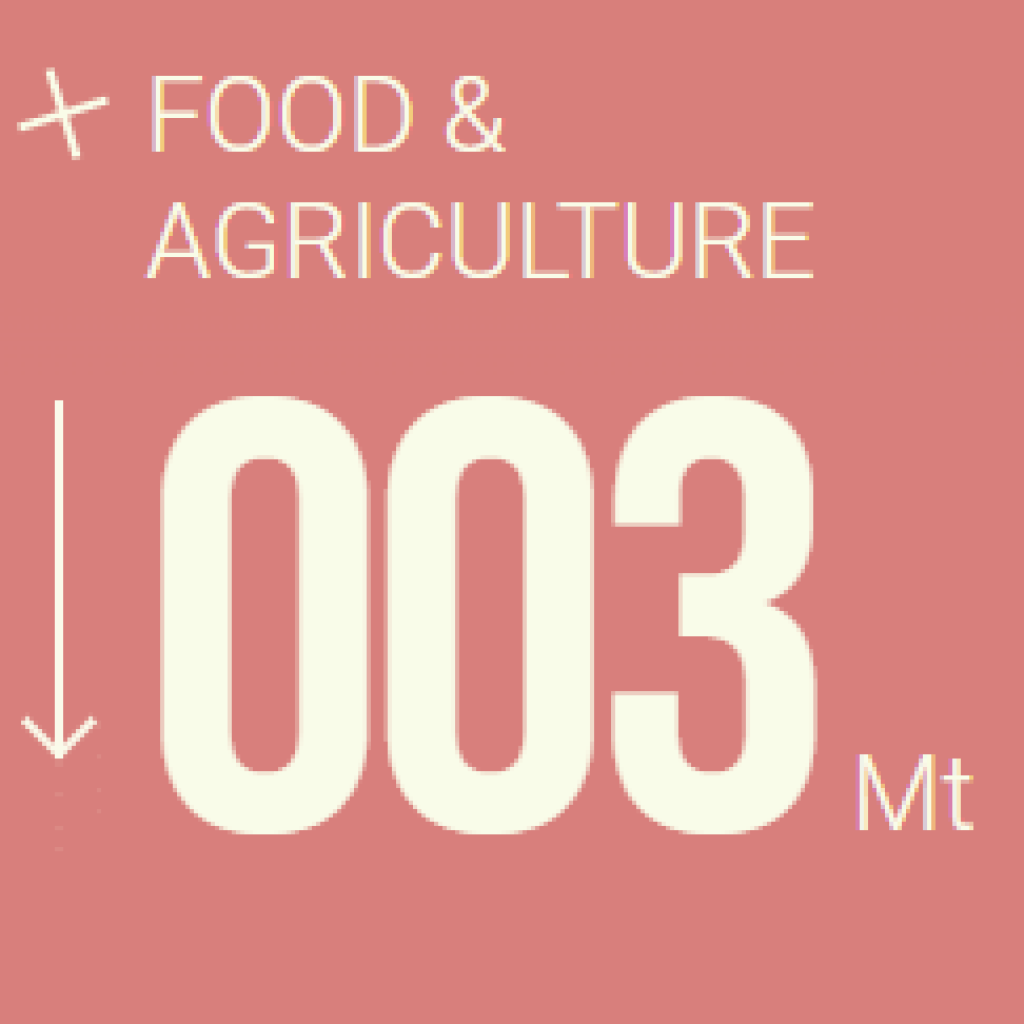
Food & Agriculture: Waste Less, Compost More
Try a plant-rich diet: Cutting statewide meat consumption by 25% could reduce emissions by 1 million metric tons of CO2. It’s not all-or-nothing—every meatless Monday helps!
Start composting: About 30% of our waste is compostable, but when it ends up in landfills, it produces methane—a potent greenhouse gas. Backyard or pickup composting programs are easy ways to create valuable fertilizer and reduce emissions.
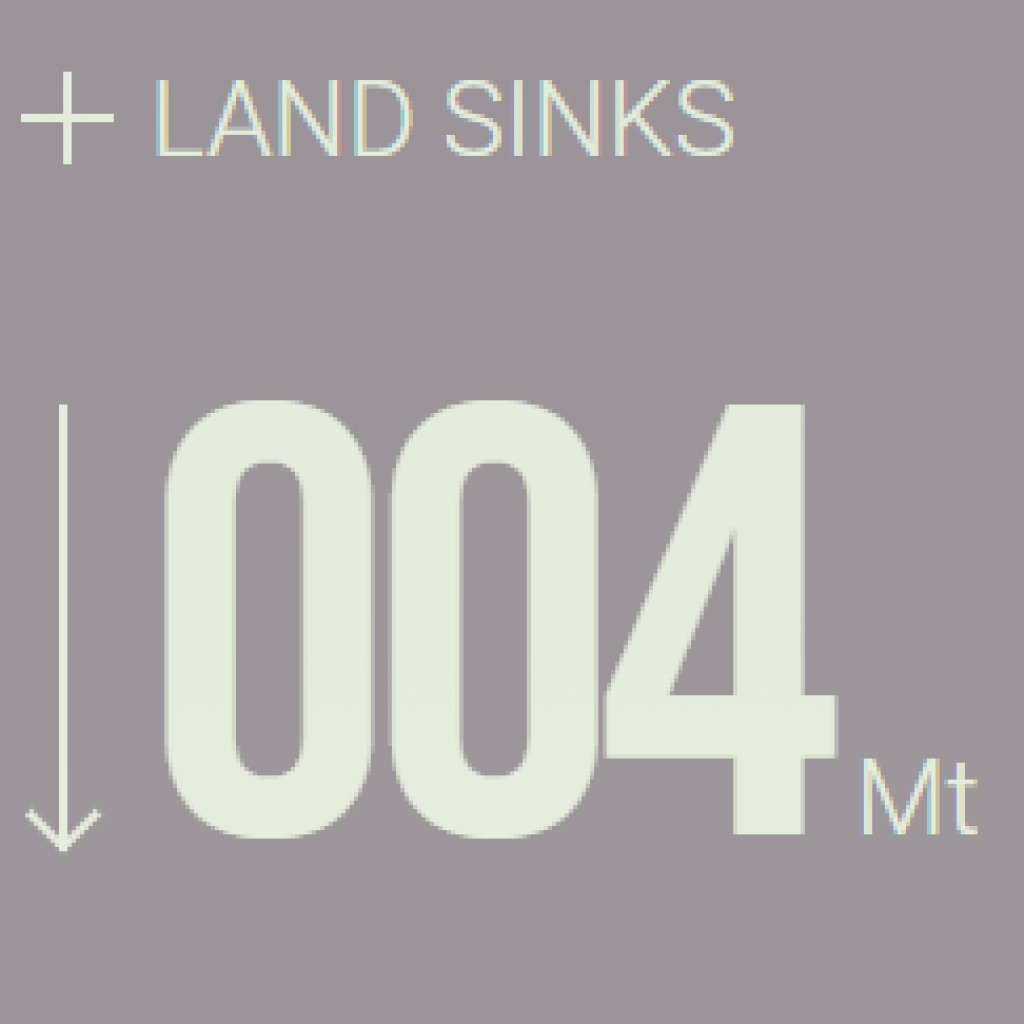
Land Sinks: Plant Your Way to a Cleaner Future
Plant trees: Trees are carbon-sequestering powerhouses. Plant in your yard, or volunteer with groups like Trees Atlanta to green up urban spaces and clean the air.
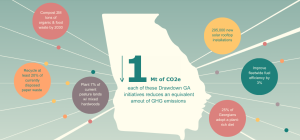
Hopefully, this helps put the power of small, compounding actions into perspective. For me, it’s been a bit of a reality check, too. As much as I love the fun side of sustainability—the bees, pollinator gardens, and community cleanups—I’ve realized that the admittedly less exciting stuff, like energy efficiency and appliance upgrades, often packs a bigger punch.
Think Bigger: Climate Change Takes a Village
While individual actions are important, climate change is a collective problem that requires both small efforts and big systemic changes. We can’t control everything—like how Georgia Power generates electricity—but we can vote with our dollars and impact our own spheres of influence.
If you work for a company, encourage leadership to explore the Drawdown Georgia Business Compact. This group brings businesses together to advocate for a competitive, low-carbon economy in Georgia. With Georgia Power’s Integrated Resource Planning process underway, the next three years will shape our energy future. Learn more through groups like GIPL and find out how to push for the big changes that matter most.
Let’s make 2025 a year of action and impact—together, we’ve got this!



